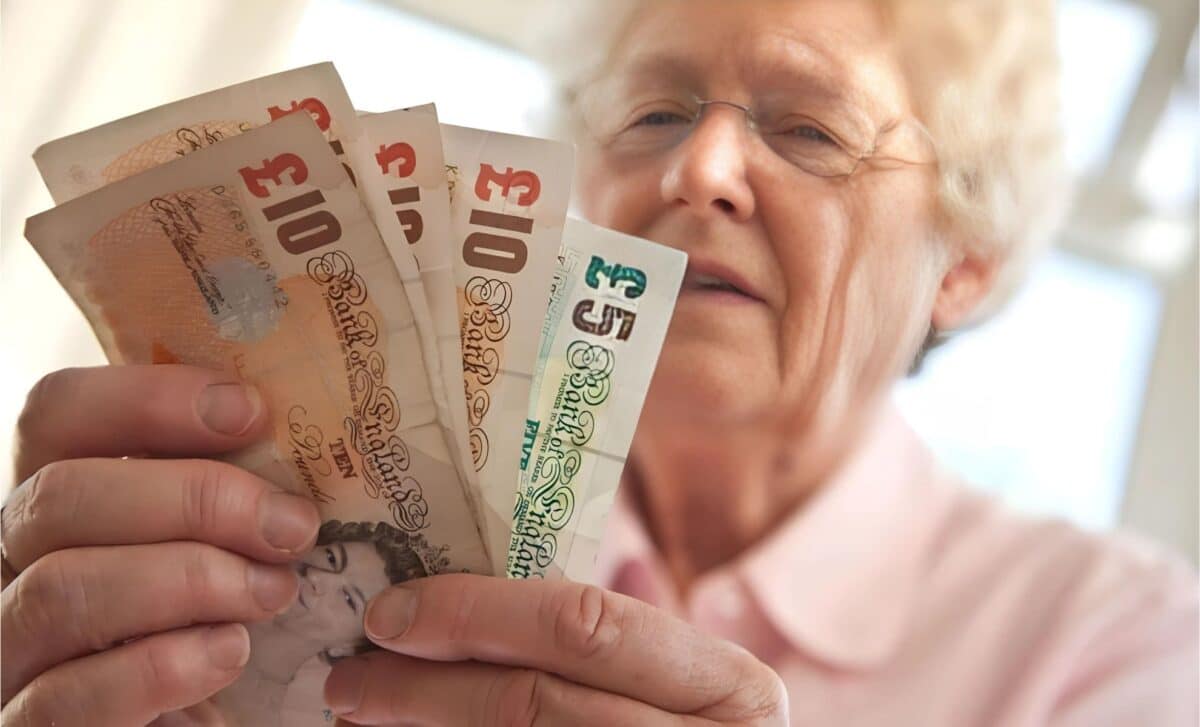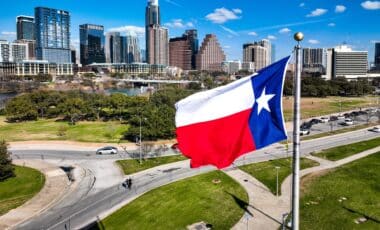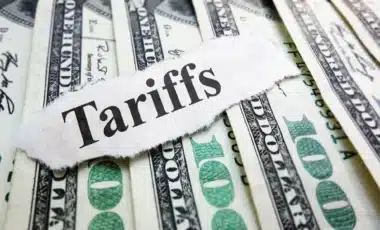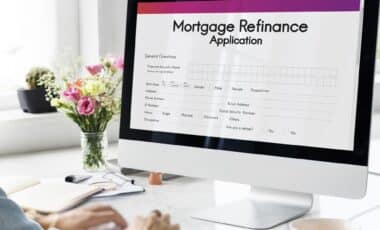Millions of state pensioners across the UK may be missing out on a simple tax break that could ease their financial burden. The Marriage Tax Allowance, a legal scheme provided by HMRC, allows married couples and civil partners to transfer unused personal tax allowances between them. By taking advantage of this benefit, eligible couples can reduce their tax bill by up to £252 annually—a significant amount for those on fixed incomes. Moreover, the scheme allows claims to be backdated to 2020, potentially yielding lump-sum refunds of up to £1,008.
Despite its benefits, many retirees remain unaware of this opportunity. Here, we explore how the scheme works, who qualifies, and why it’s particularly valuable for pensioners navigating the rising costs of living.
Marriage Tax Allowance: A Hidden Opportunity for Pensioners
The Marriage Tax Allowance is one of the simplest ways for couples to reduce their tax burden, yet millions of eligible people fail to claim it. Introduced by HMRC, the scheme allows married couples and civil partners to share their personal tax allowances. If one partner earns less than the personal tax allowance threshold of £12,570, they can transfer up to £1,260 of their unused allowance to the other partner. This effectively increases the tax-free income threshold of the higher-earning partner to £13,830, cutting their annual tax bill by up to £252.
For state pensioners, this allowance is particularly advantageous. Many retirees rely on the state pension as their primary source of income, which often falls below the taxable threshold. For instance, the full new state pension provides an annual income of up to £11,502, leaving some unused allowance that can be transferred. This adjustment can have a significant impact on the finances of couples living on fixed incomes, ensuring that more money remains in the household budget.
Who Qualifies for the Marriage Tax Allowance?
While the scheme is open to many couples, it’s specifically tailored to benefit households where there is an imbalance in income. To qualify, couples must be legally married or in a civil partnership. Cohabiting couples are not eligible. The lower-earning partner must earn less than £12,570, including income from pensions, savings interest, and any additional earnings. Meanwhile, the higher-earning partner must earn between £12,571 and £50,270, ensuring they remain in the basic income tax bracket.
For couples where both partners earn above the personal allowance or where one partner earns more than £50,270, the scheme does not apply. However, couples born before April 6, 1935, may find greater savings through the Married Couples Allowance, a separate tax relief tailored to older taxpayers.
Understanding these thresholds is key for retirees to determine their eligibility, particularly as state and private pension incomes can vary significantly between households. The scheme ensures that even a modest transfer of allowance can deliver meaningful savings, making it worth exploring for most pensioner couples.
Unlocking Refunds with Backdated Claims
One of the most compelling features of the Marriage Tax Allowance is the ability to backdate claims, potentially unlocking substantial refunds. Couples can apply for backdated tax relief for up to four years, which could result in a lump-sum payment of up to £1,008. This feature is particularly valuable for retirees who were eligible in previous years but unaware of the scheme.
For example, a couple who met the criteria since 2020 could receive refunds for the 2020-21, 2021-22, and subsequent tax years in addition to the current year. This backdated payment not only provides immediate financial relief but also ensures that future tax savings are correctly applied going forward.
The process of claiming backdated relief is relatively straightforward. Couples can specify the years for which they are claiming when applying. Once approved, HMRC adjusts the tax returns for those years, calculates the refund owed, and issues the total as a single payment. This feature can provide a financial lifeline for pensioners, particularly those facing the rising costs of living.
Applying for the Marriage Tax Allowance
Applying for the Marriage Tax Allowance is designed to be accessible and straightforward. Most couples choose to apply online through the HMRC website, where they can complete the process using their National Insurance numbers and proof of identity, such as a passport. For those less comfortable with digital platforms, HMRC offers a phone service for guidance or a downloadable Marriage Allowance Transfer Form (MATCF) that can be completed and mailed.
Once the application is approved, the allowance is automatically applied to the higher earner’s tax code. This ensures the benefit continues each tax year without requiring further action unless circumstances change. For instance, couples must notify HMRC if there is a significant change in income or if the relationship ends.
HMRC also provides a Marriage Allowance Calculator, allowing couples to quickly check their eligibility and estimate their potential savings. While the process is simple, it remains underutilized, with millions of eligible couples failing to claim their relief, particularly among retirees who may not be familiar with the scheme.
Why So Many State Pensioners Miss Out
Despite its simplicity and financial benefits, the Marriage Tax Allowance remains significantly underused. The primary reason is lack of awareness. Many retirees assume the scheme only applies to working-age taxpayers or believe their incomes are too complex to qualify. Others may not realize that the allowance can be applied to pension income in the same way as earnings from employment.
For older generations, the digital-first approach to applications may also act as a barrier. While HMRC has made efforts to promote the scheme and simplify the process, greater outreach is needed to ensure retirees are fully informed about this valuable opportunity.
Additionally, some couples may overlook the allowance because they don’t fully understand how it works. For example, they may mistakenly believe that transferring the allowance could leave the lower-earning partner at a disadvantage. In reality, the scheme is structured to ensure the household as a whole pays less tax.










Does this apply to single people with no partner
Single person does this apply to me